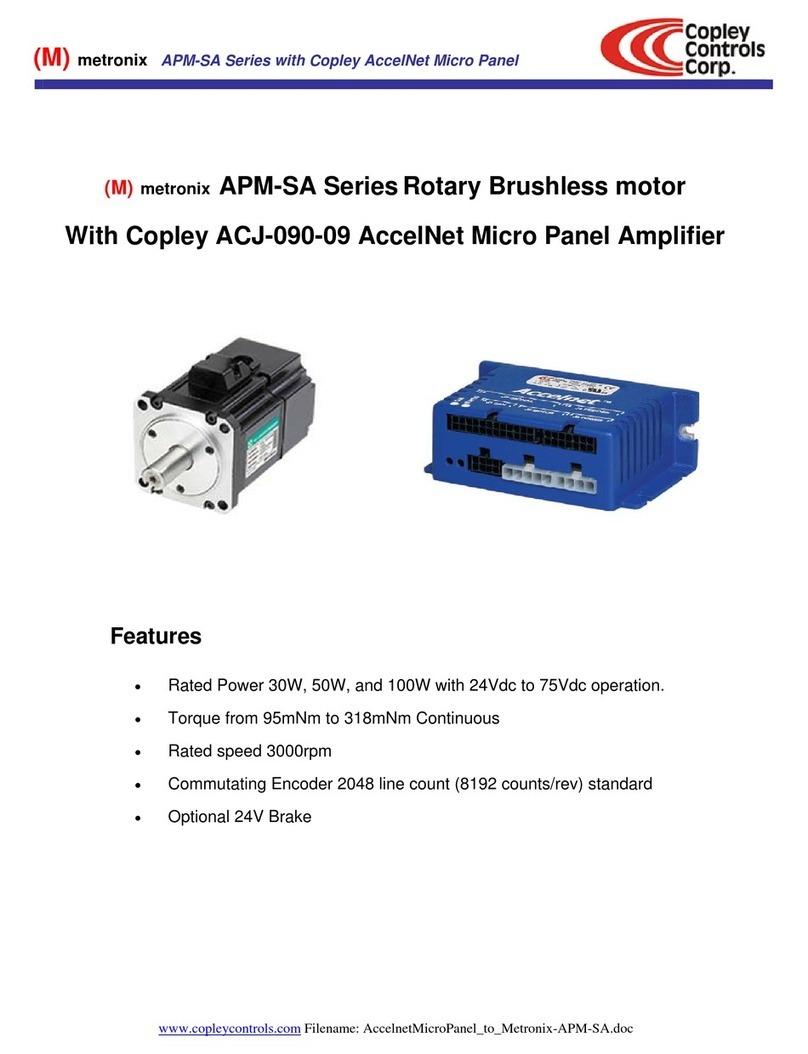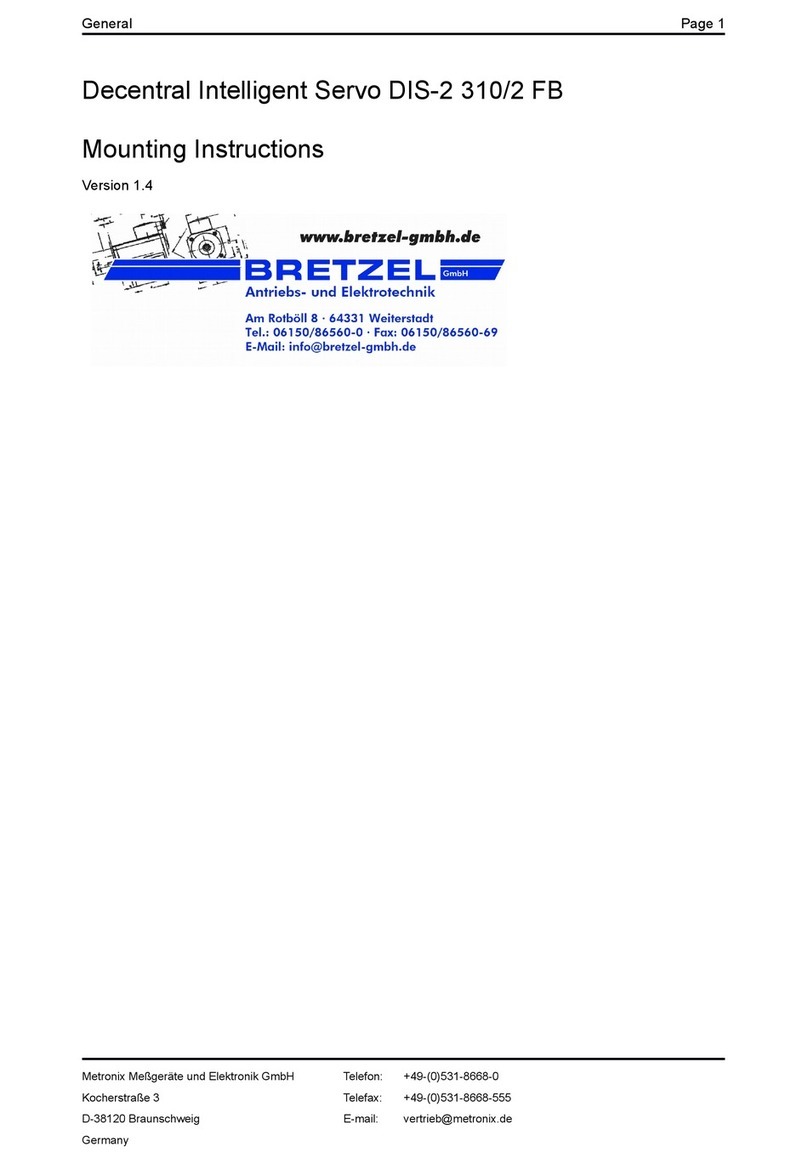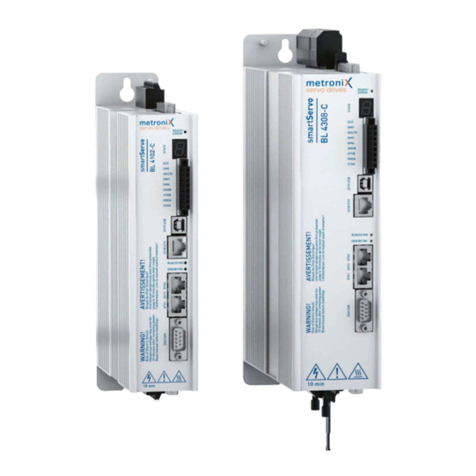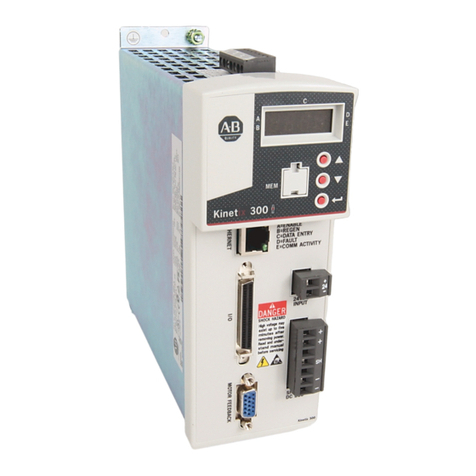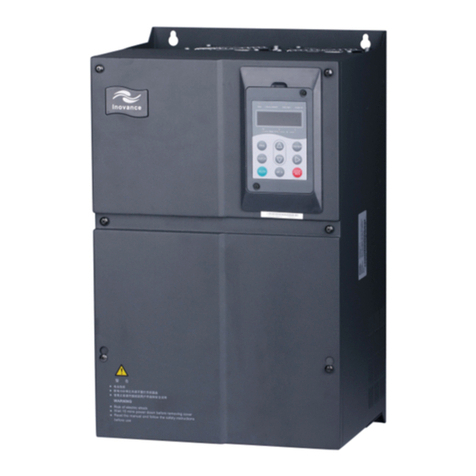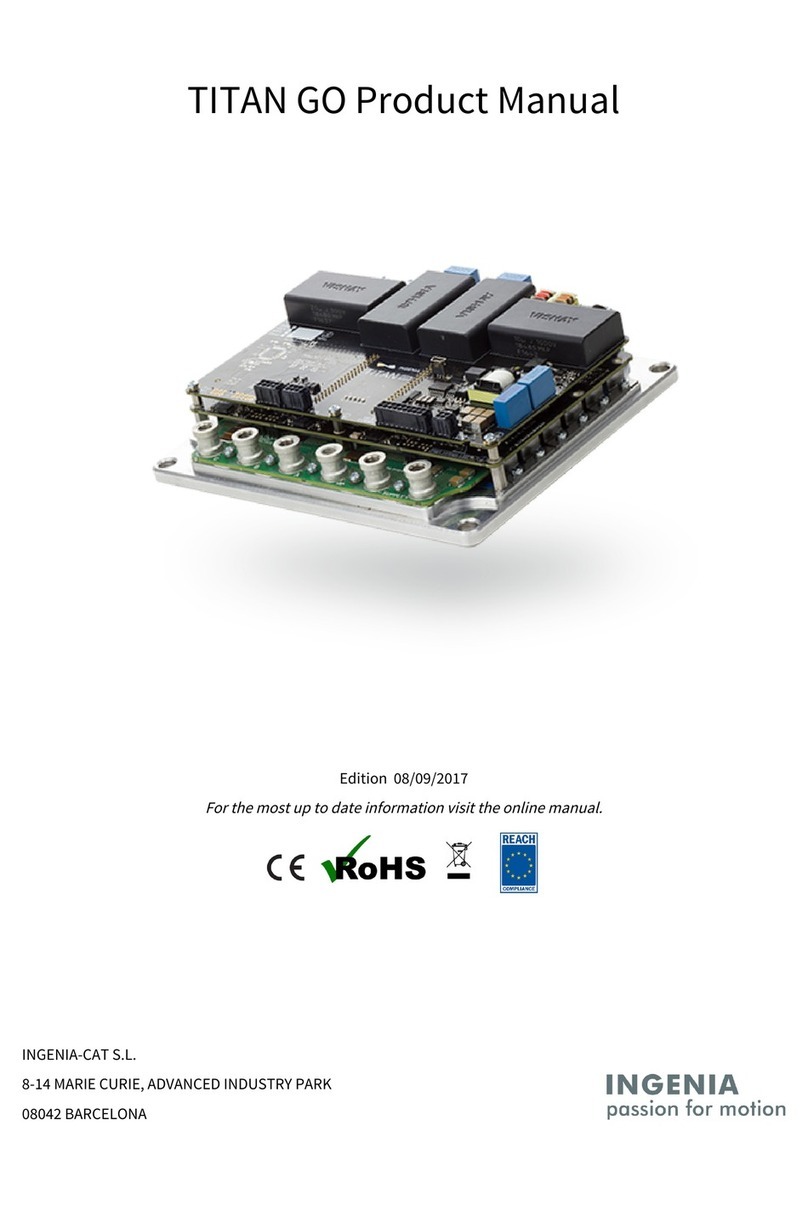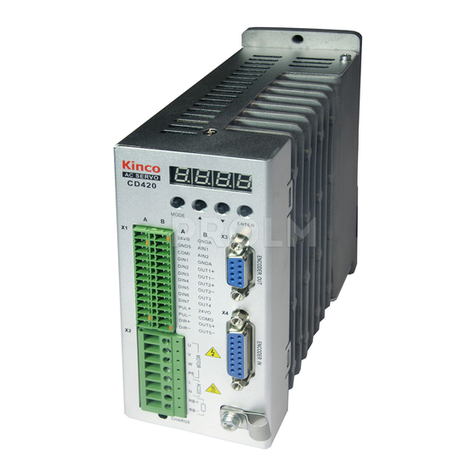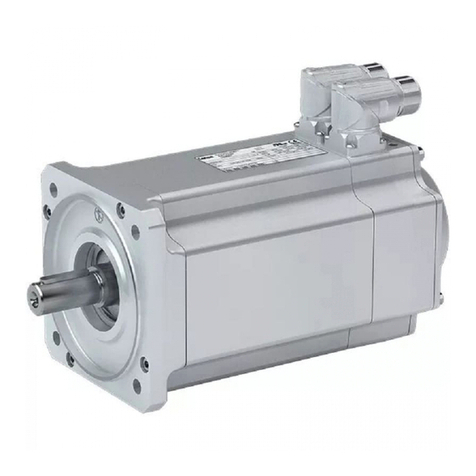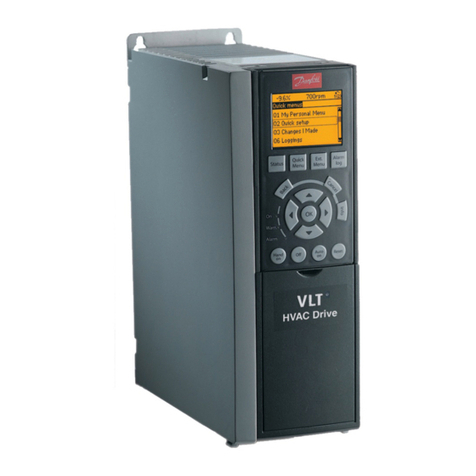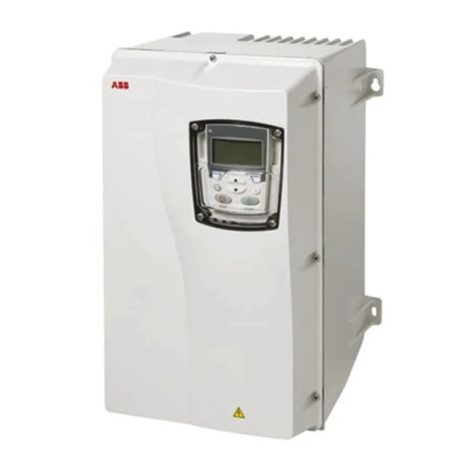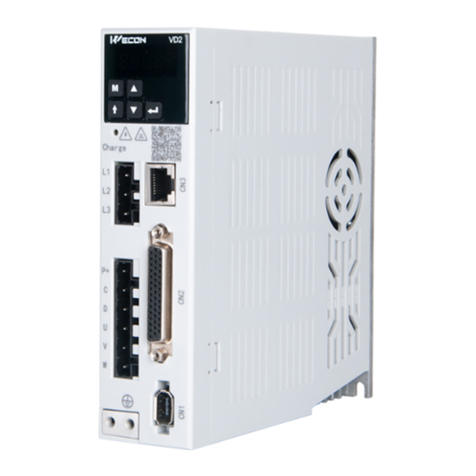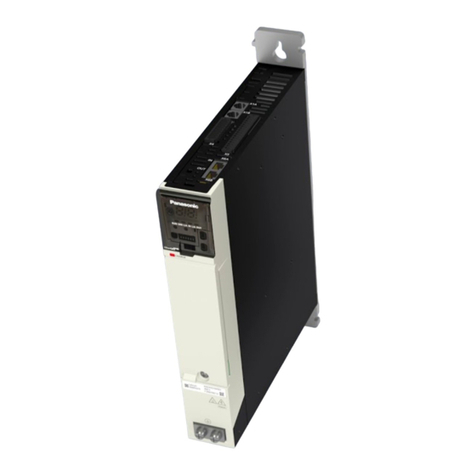Metronix DIS-2 48/10 FB FS STO User manual




















Other manuals for DIS-2 48/10 FB FS STO
2
This manual suits for next models
2
Table of contents
Other Metronix Servo Drive manuals
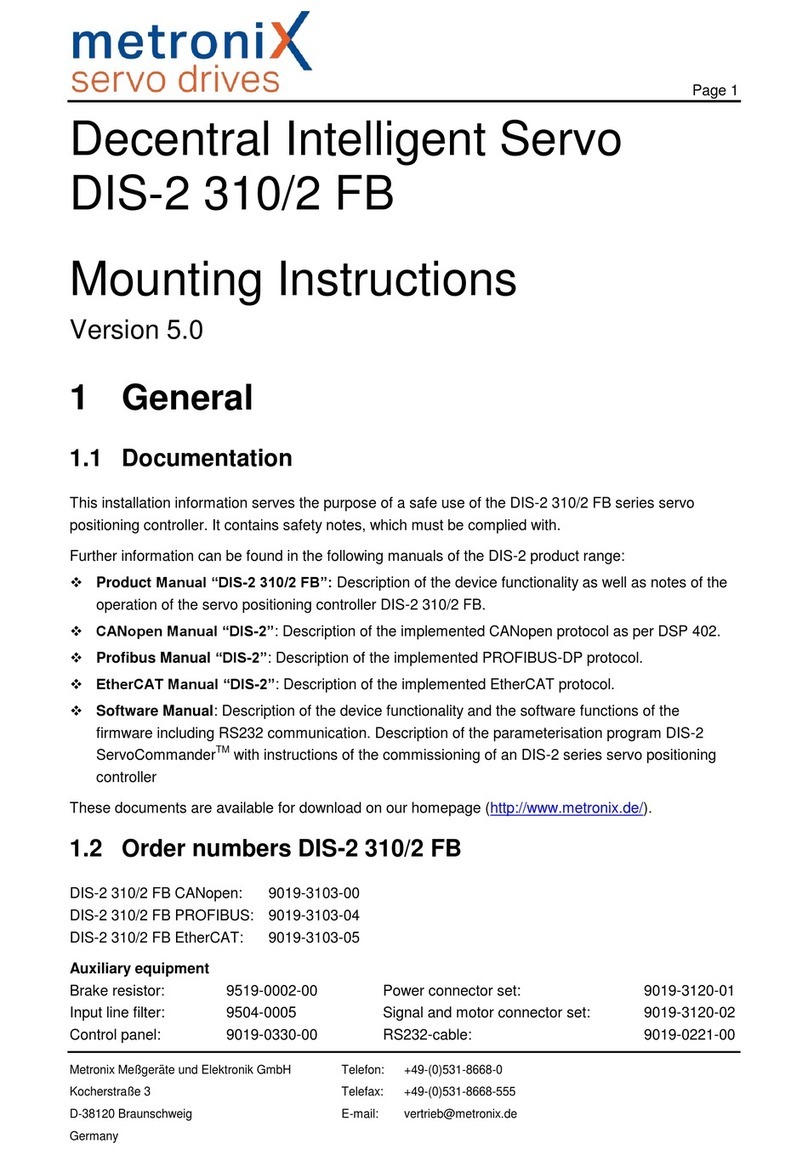
Metronix
Metronix DIS-2 310/2 FB FS STO User manual

Metronix
Metronix smartServo BL 4000-D Series User manual
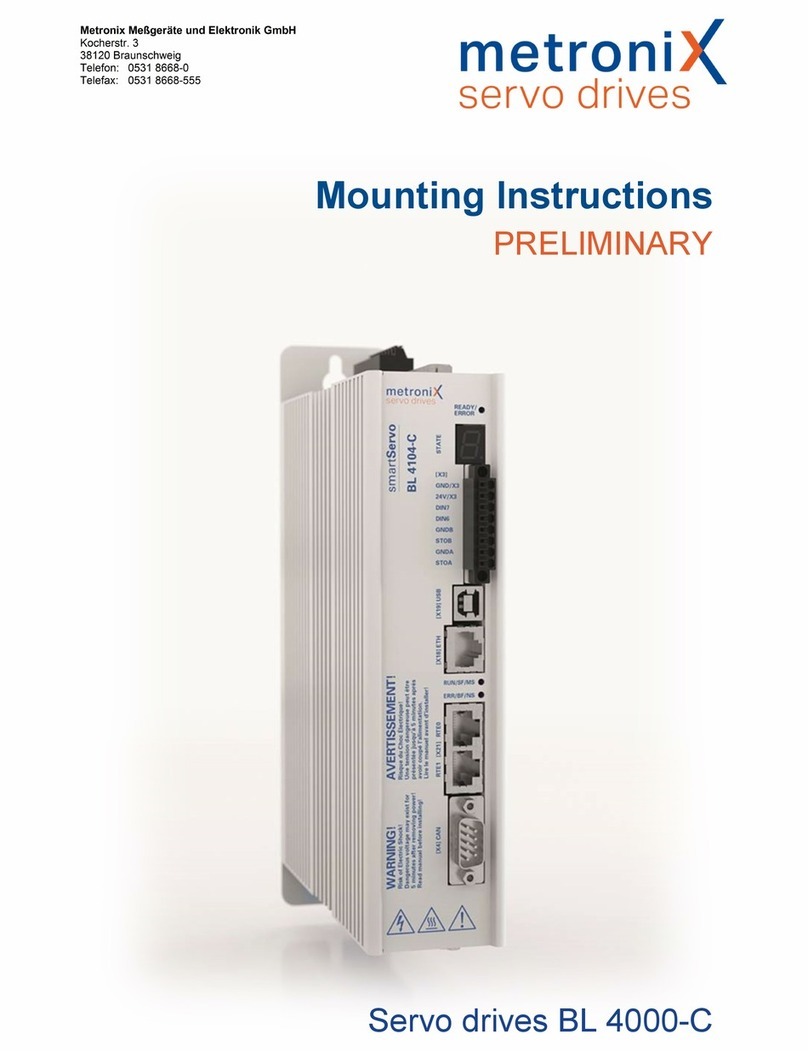
Metronix
Metronix smartServo BL 4000-C Series User manual
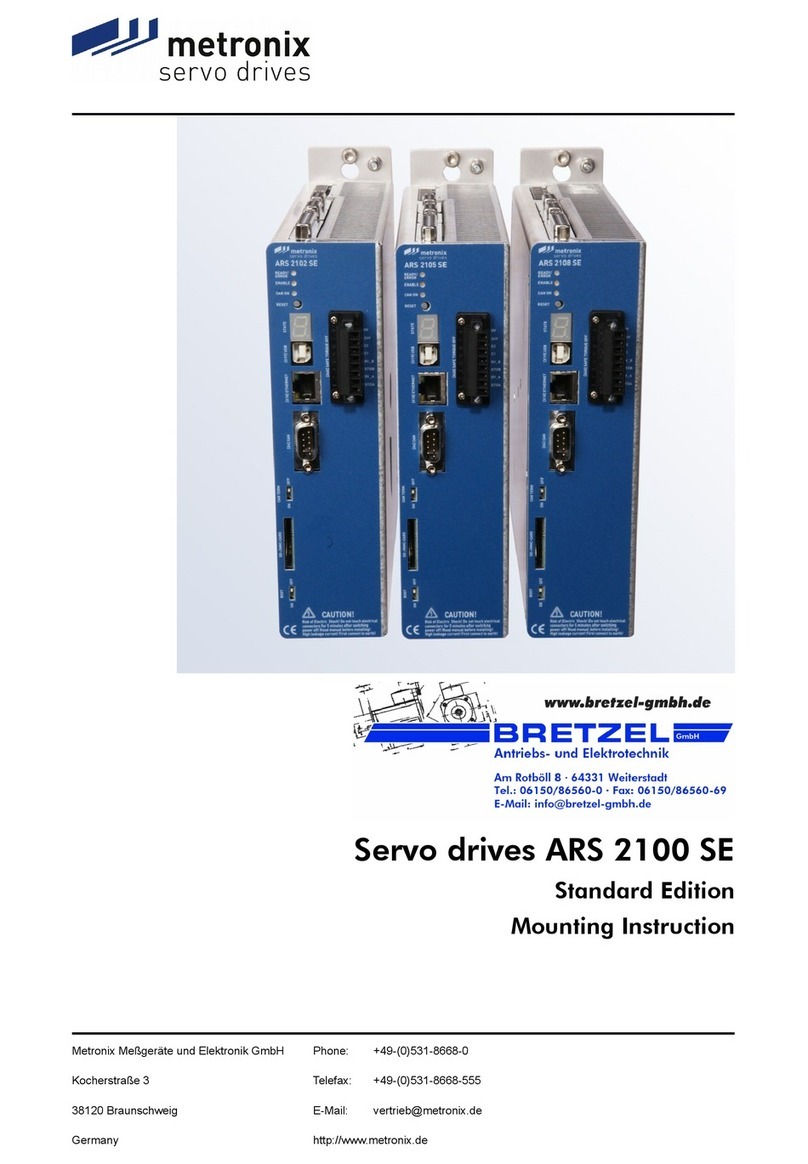
Metronix
Metronix ARS 2100 SE User guide
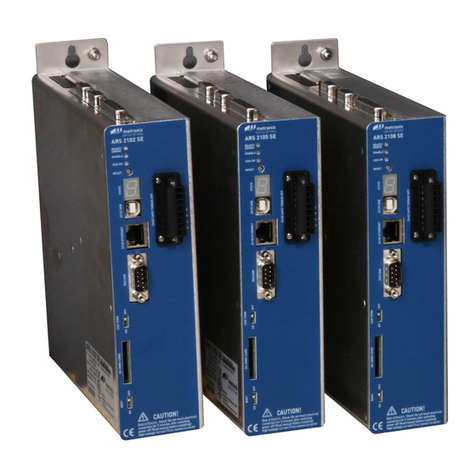
Metronix
Metronix ARS 2100 SE User manual
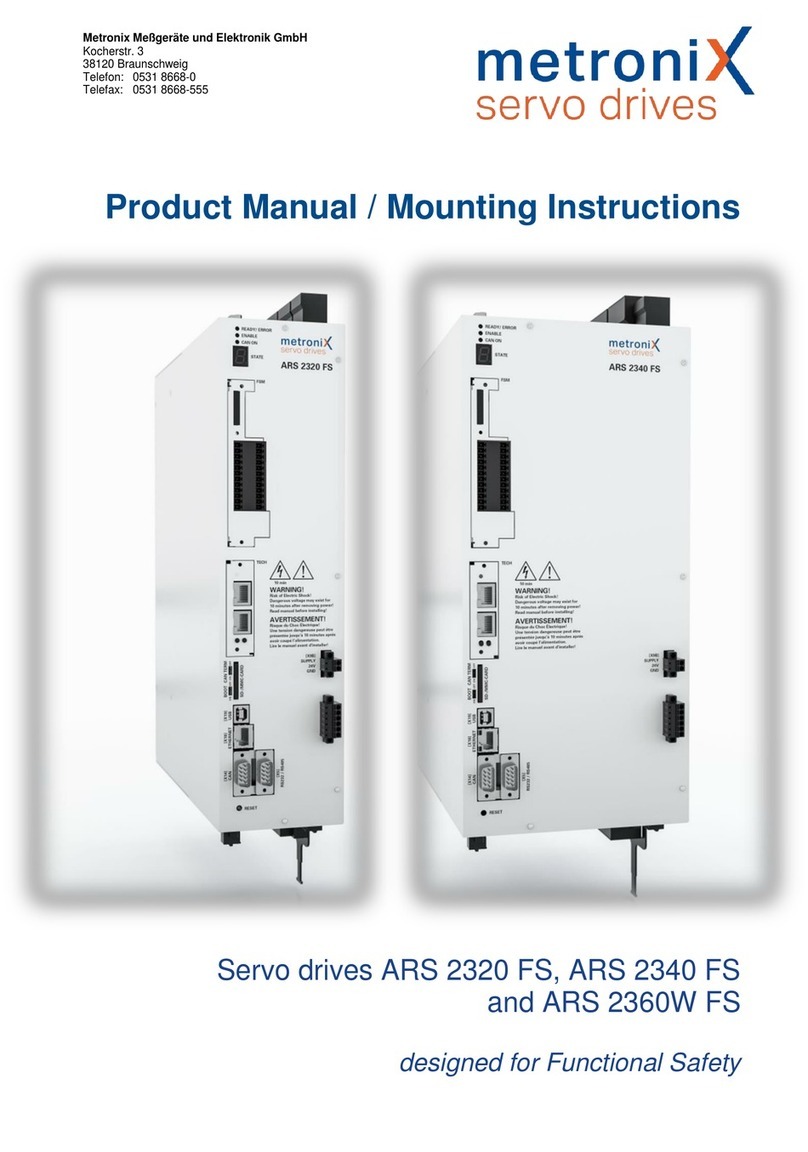
Metronix
Metronix ARS 2320 FS User manual
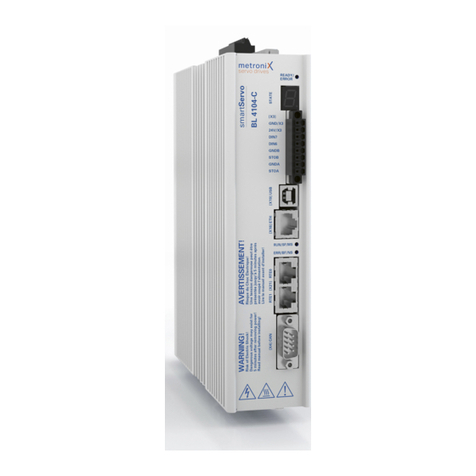
Metronix
Metronix smartServo BL 4000-C Series User manual
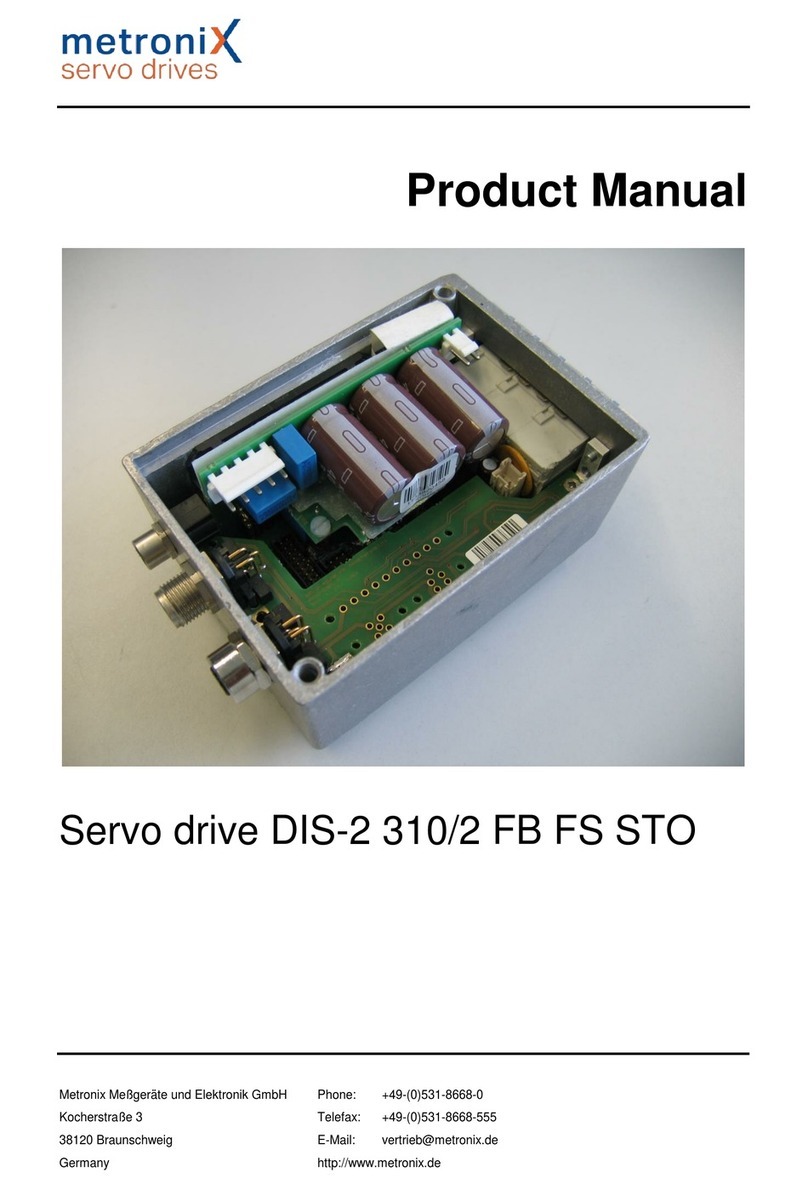
Metronix
Metronix DIS-2 310/2 FB FS STO User manual

Metronix
Metronix DIS-2 48/10 FB FS STO User manual
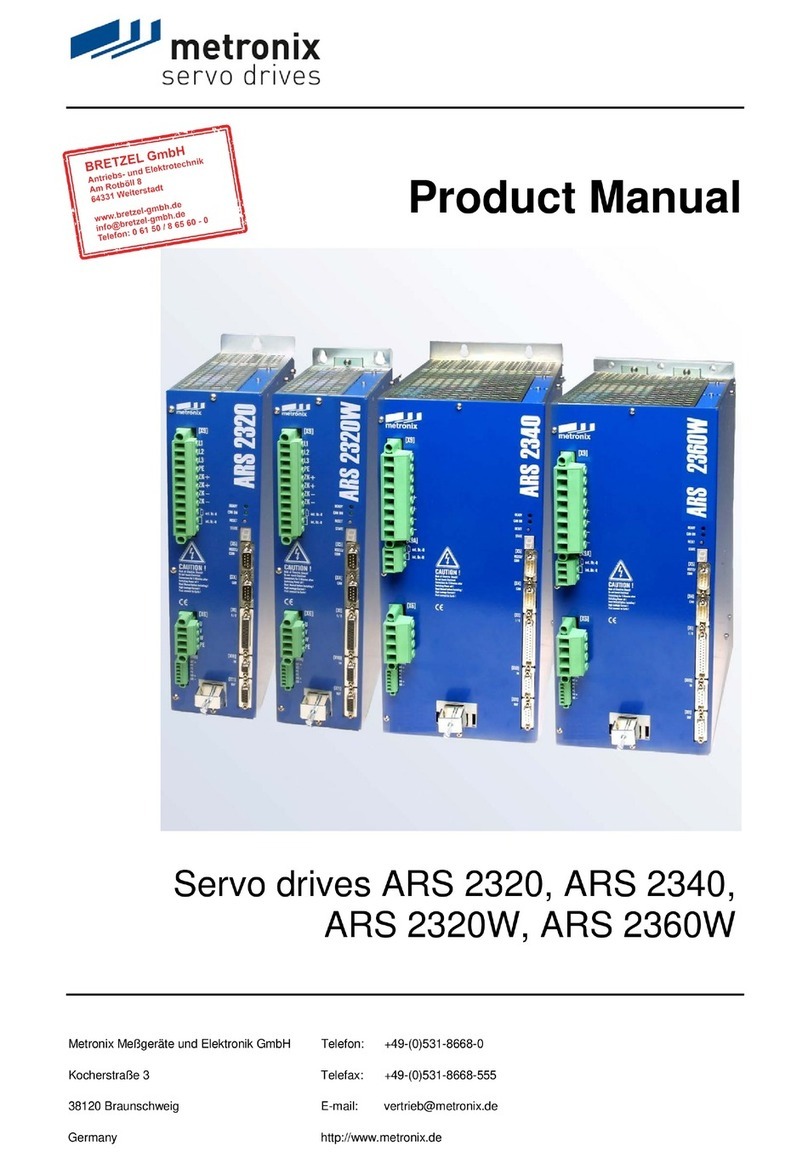
Metronix
Metronix ARS 2320 User manual
Popular Servo Drive manuals by other brands
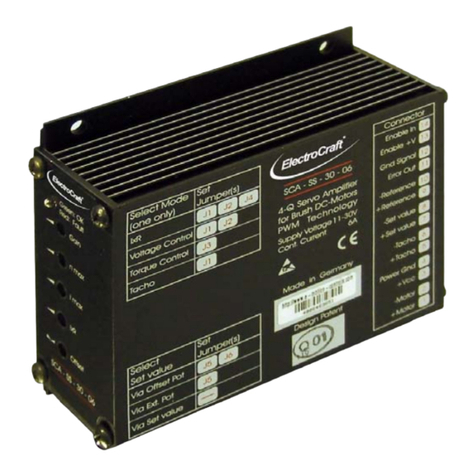
Electro-Craft
Electro-Craft SCA-SE-30-06 user manual

Oriental motor
Oriental motor CSD2120-T Connection and Operation

KEBCO
KEBCO COMBIVERT S6 Series installation instructions
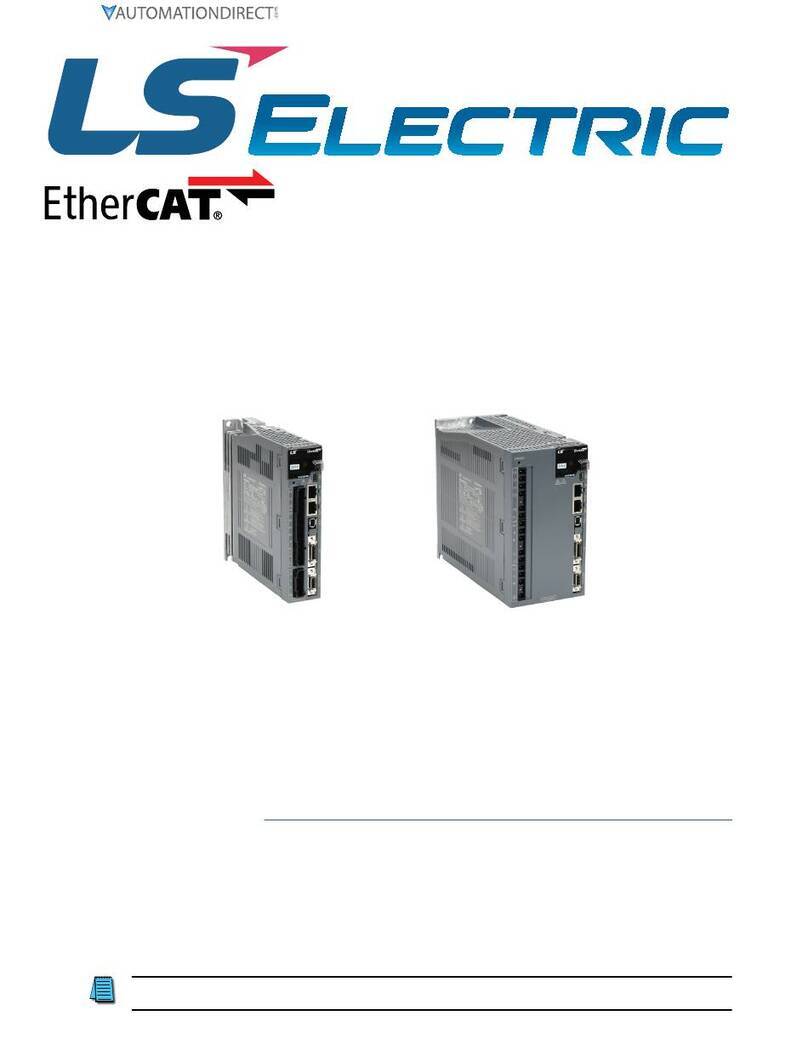
LS ELECTRIC
LS ELECTRIC iX7NH Series quick start guide

Omron
Omron G manual
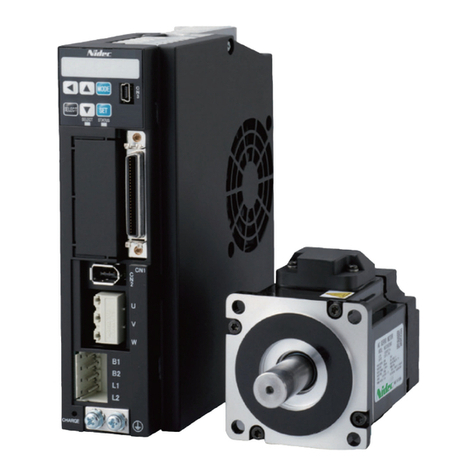
Nidec
Nidec Control Techniques Digitax-SF Series instruction manual
